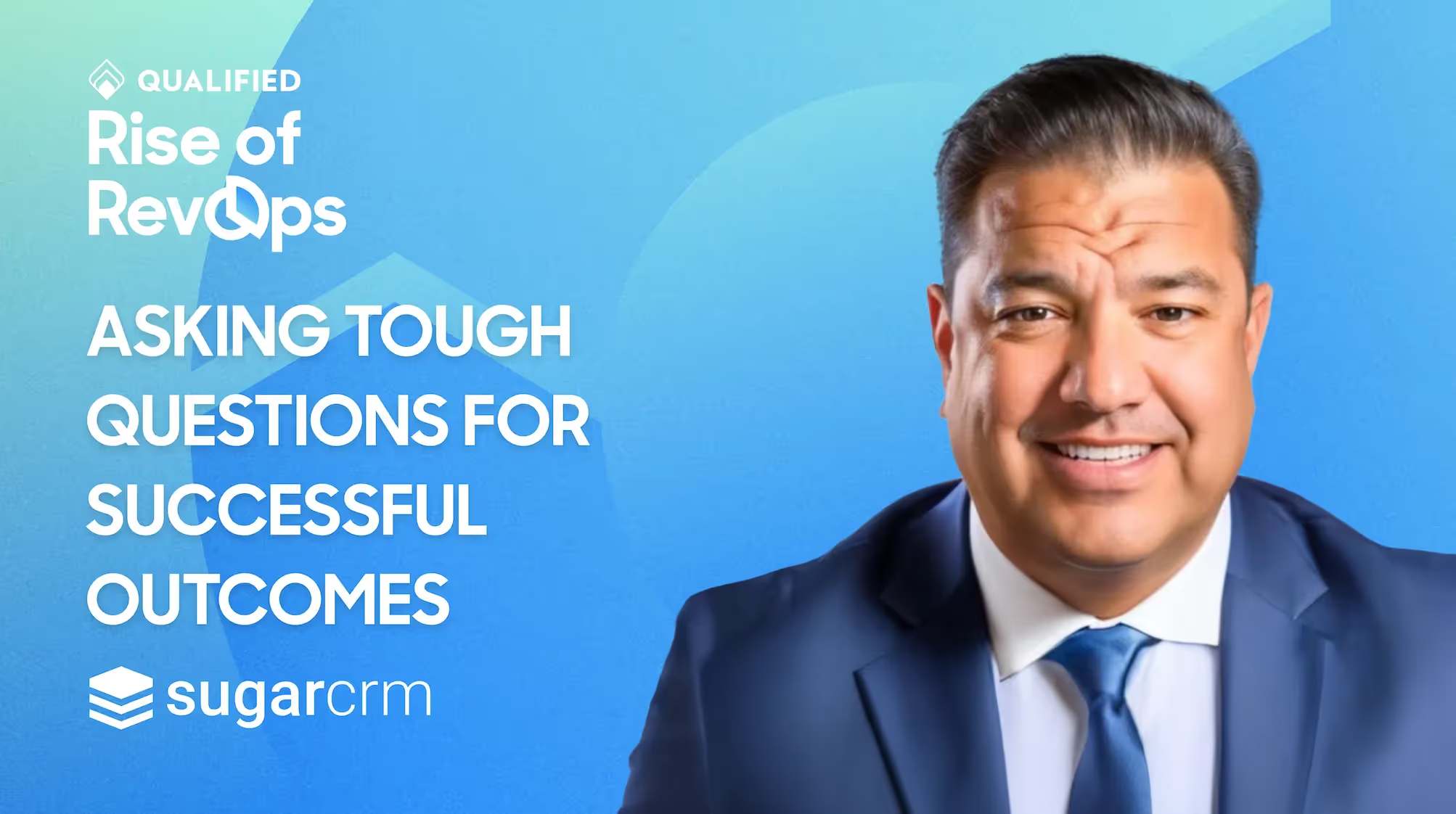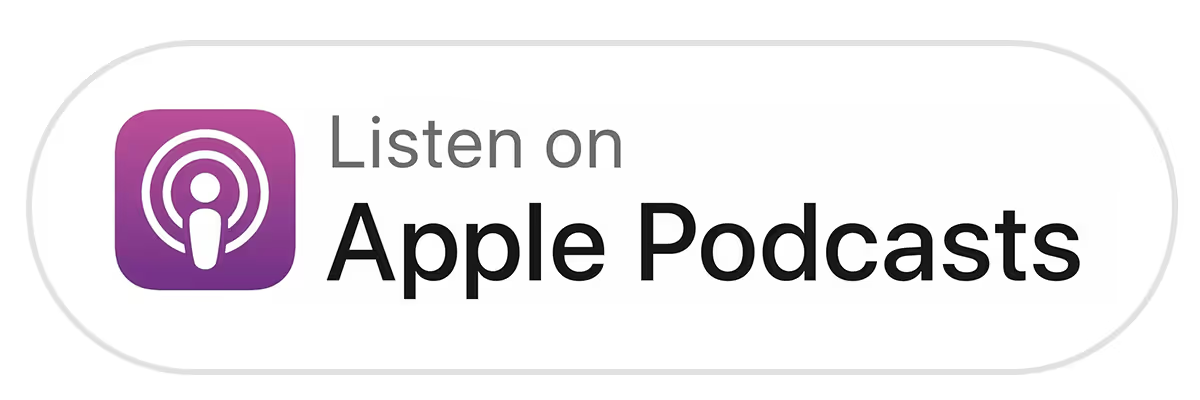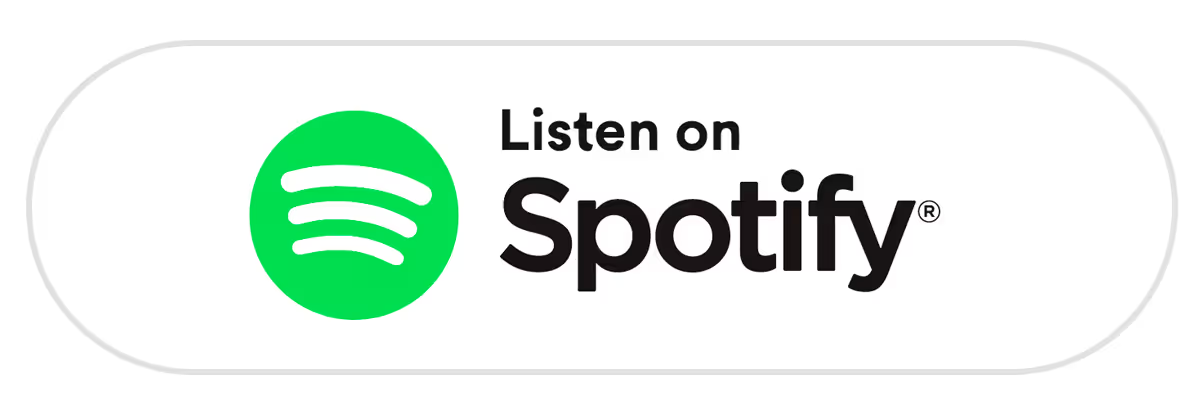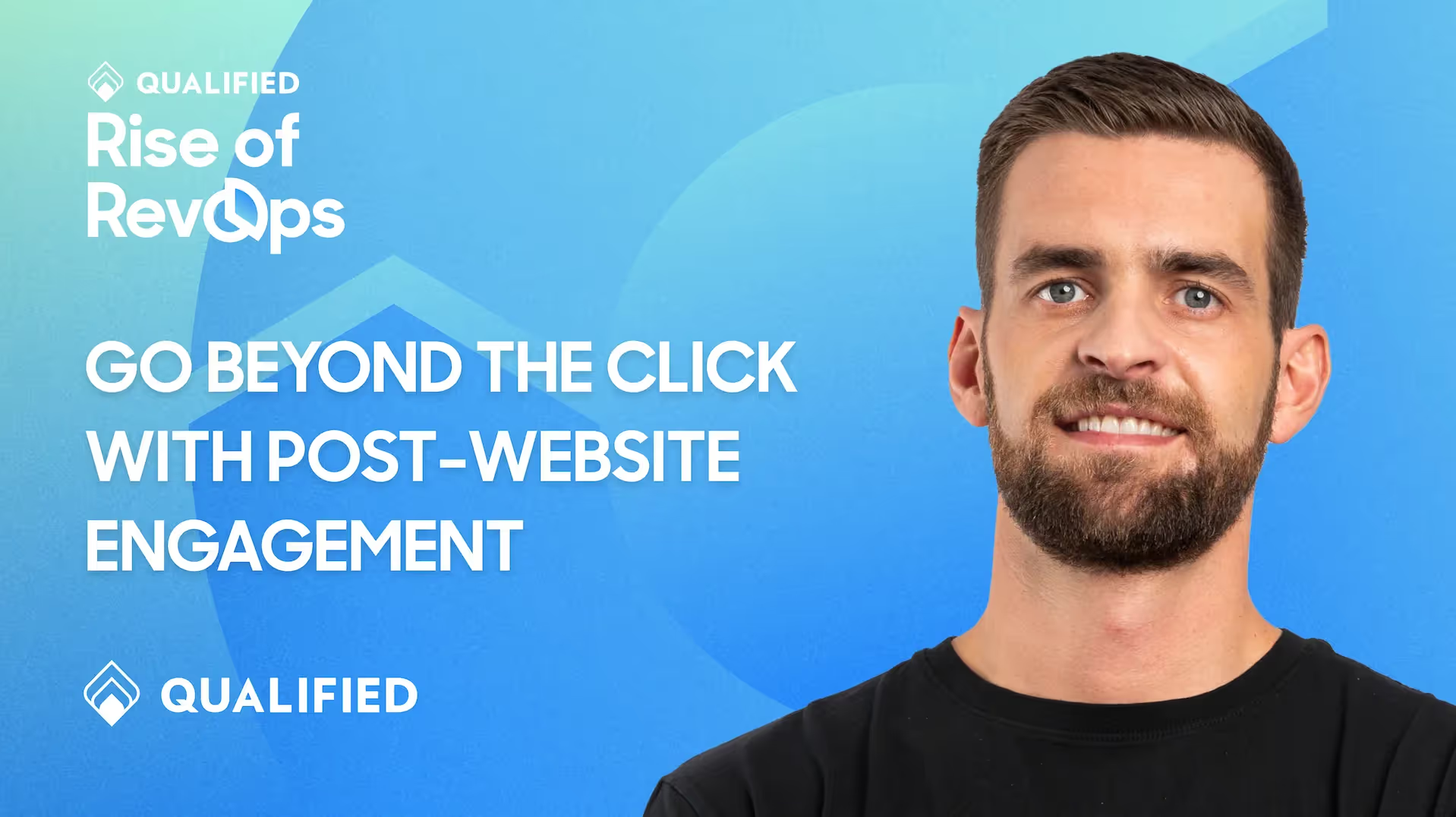Asking Tough Questions for Successful Outcomes
On this episode, go-to-market leader Jason Rushforth says that, of many jobs, his most important role is fueling revenue success. This episode features an interview with Jason Rushforth, Senior Vice President and General Manager for the Americas at SugarCRM.


















.svg)


